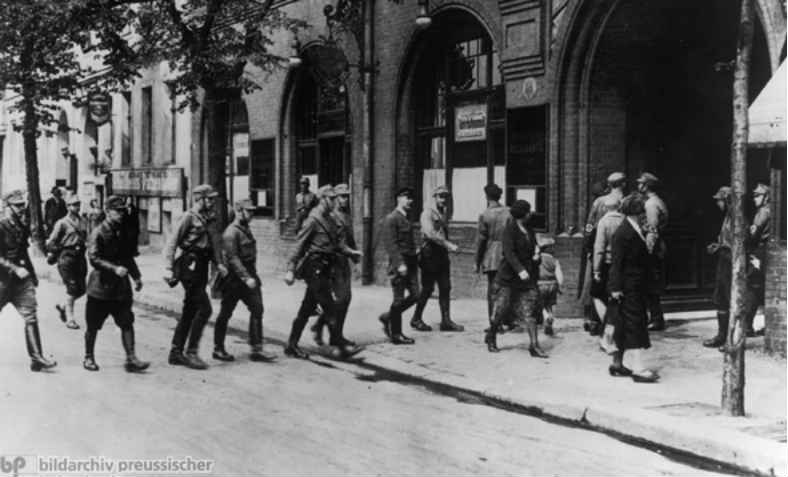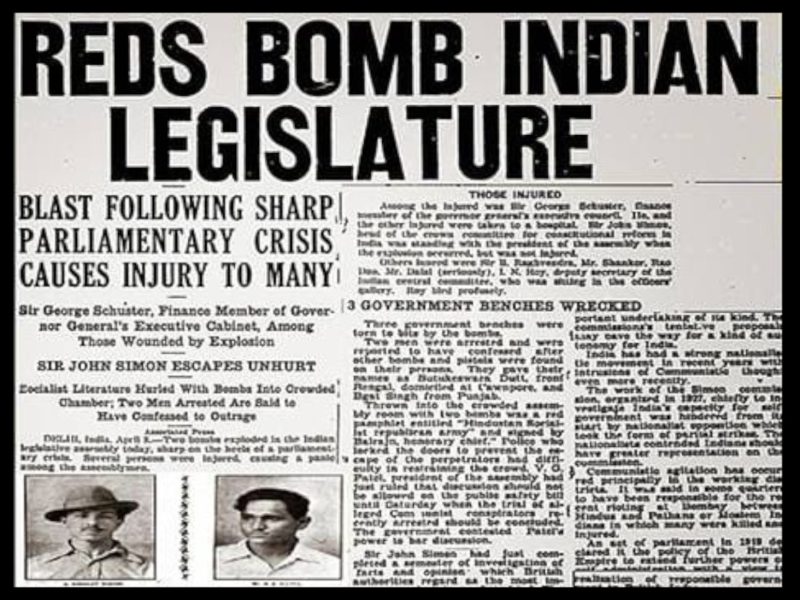Germany, 1930: The German corporates were reeling under the impact of the Wall Street collapse of 1929. A series of banks failed and the economy virtually collapsed. The corporates wanted to cut wages and welfare spending on workers while simultaneously wanting to physically conquer captive markets in Central and Eastern Europe. But the strong German trade union with about 7 million members at the time and significant power over its members was making it impossible to execute their plans. In 1928, the equivalent of 20,339,000 days were lost as a result of strikes and in 1930, it rose to 4,029,000 days. More critically, the trade unions promoted a democratic humanitarian ideology which was becoming a barrier to the Nazi effort to control all areas of life and create a corporate-fascist state. For the Nazis and corporates, eliminating the trade unions became a priority.

1933: Hitler’s Nazi party came to power in January 1933. A day after the working class across the world came together to celebrate May Day, Adolf Hitler ordered the police units and the Nazi party’s paramilitary force, SA, to occupy all trade union headquarters across Germany, and to arrest all trade union leaders and put them in prison or concentration camps. All the union’ funds was confiscated. Former union office bearers were put on blacklists so that they could not seek work.
On 19 May, the Nazi government abolished collective bargaining and declared that working conditions and wages will be regulated by labour “trustees”, appointed by Hitler himself. As a result, wages were frozen despite a rise in the cost of living, and the average workweek increased by 20 percent in just a few years. The following year the system was restructured to designate owners of individual enterprises as local “führers”, with complete control over the workplaces with the power to make decisions in all matters concerning the enterprise.

Simultaneously, Hitler got Robert Ley to set up a “German Labour Front,” (DAF) which included both employers and workers. Jews were not given membership to the DAF. Hitler and Ley realised that the suppression of the trade unions, the prevention of wage increases coupled with their relentless demands for increased productivity to hasten German rearmament, could create severe working-class discontent. In November 1933, as a ploy to prevent working class discontent, the DAF started the programme: Strength Through Joy (KdF), that would provide subsidised holidays, organise concerts, opera and other forms of entertainment in factories and other workplaces, free physical education and gymnastics training and coaching in sports such as football, tennis and sailing to make the German working class families believe that they were better off under the Nazi regime.
1934: The Nazis introduced compulsory labour service for 18-25-year-olds, militarily conscripting young workers into employment. In January 1934, the Law Regulating National Labour (the ‘Charter of Labour’) statutorily banned strikes. Workers were also banned from changing jobs without permission, and maximum working hours were increased from 60 to 72 hours per week while workplace illnesses rocketed.

